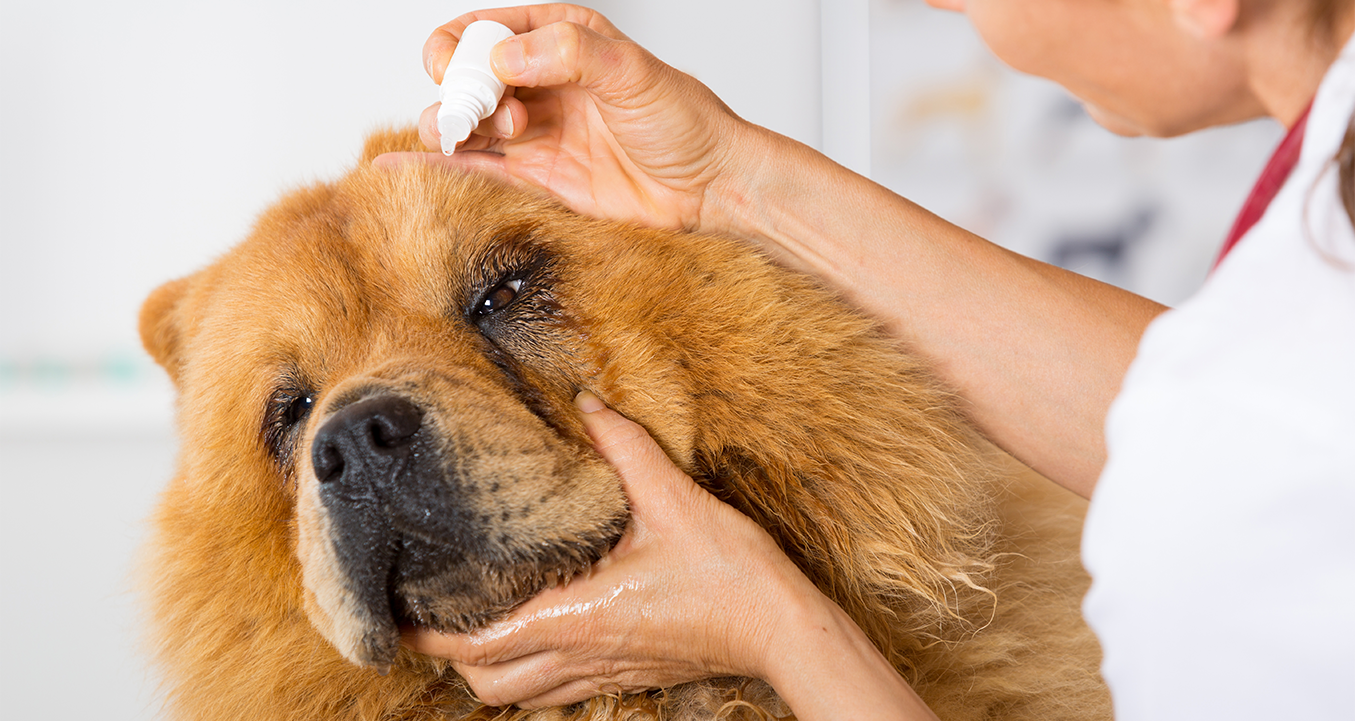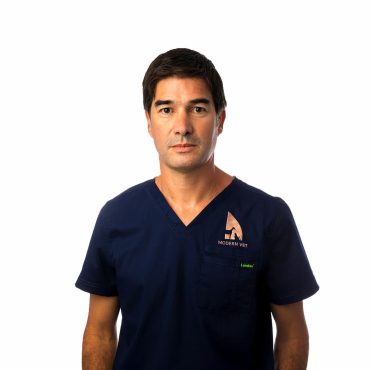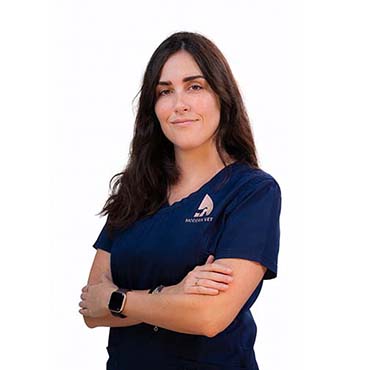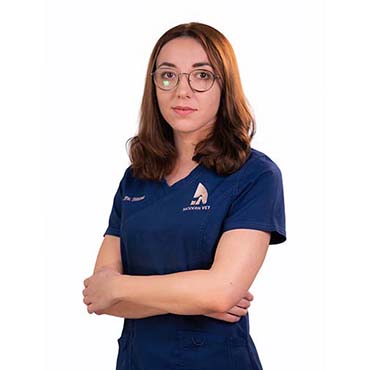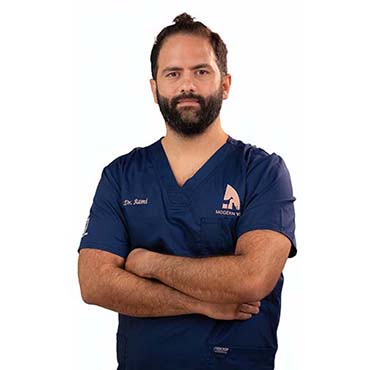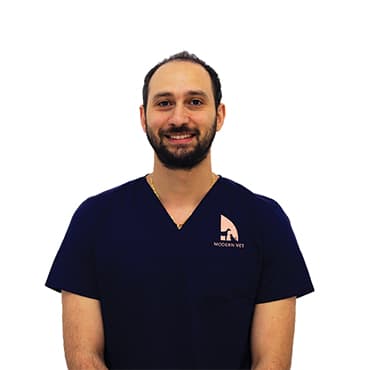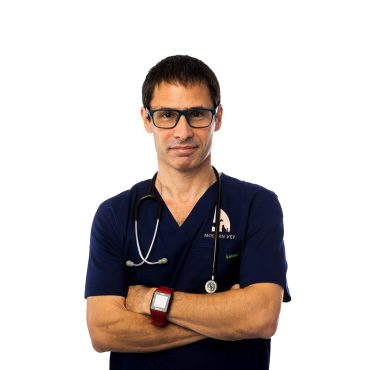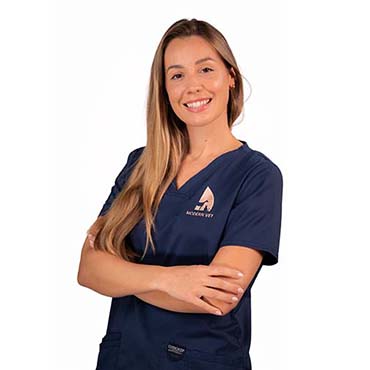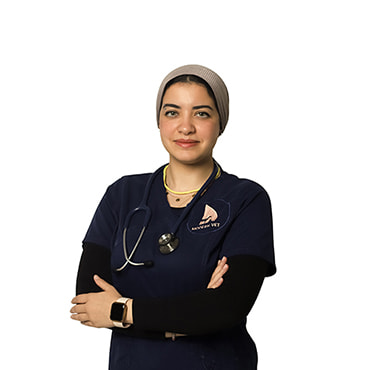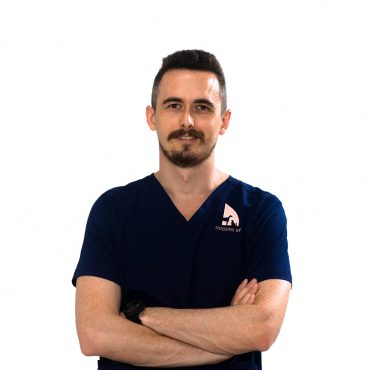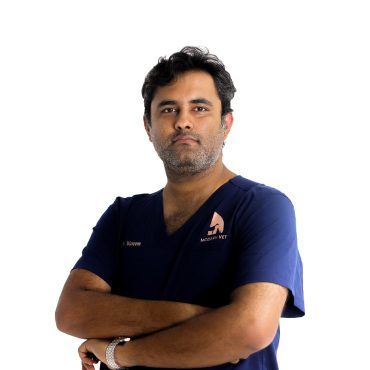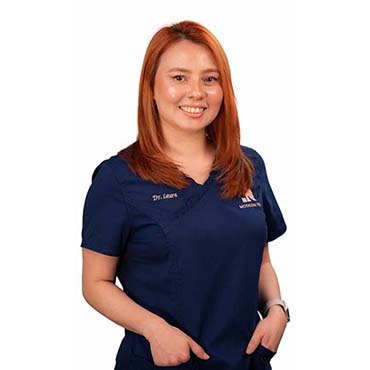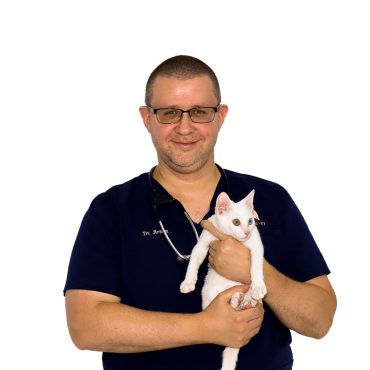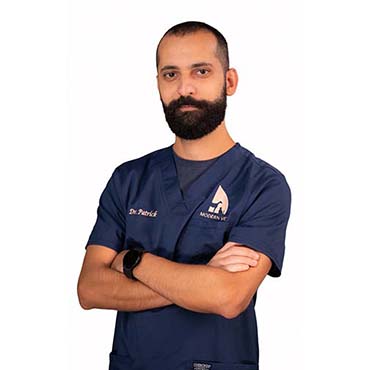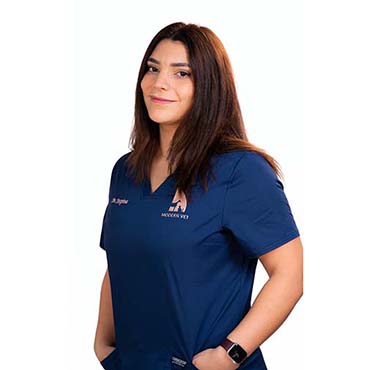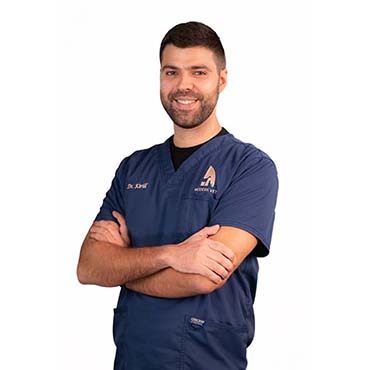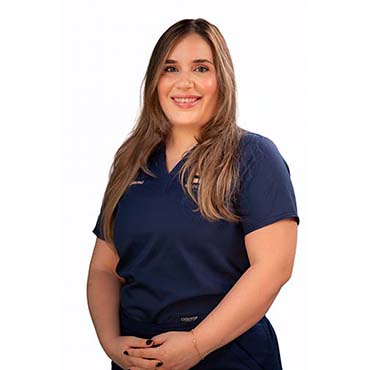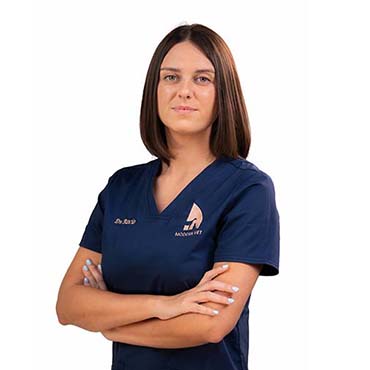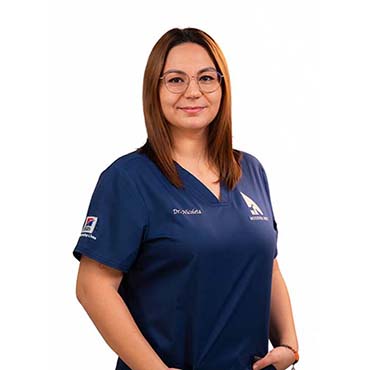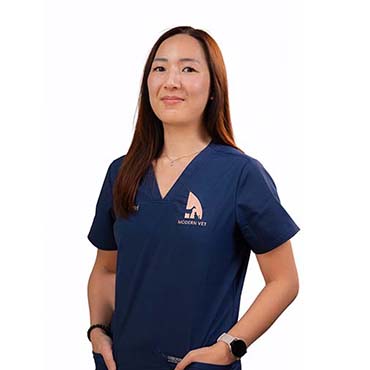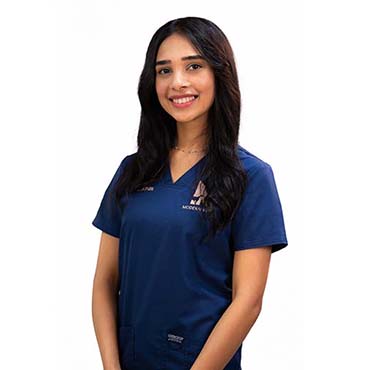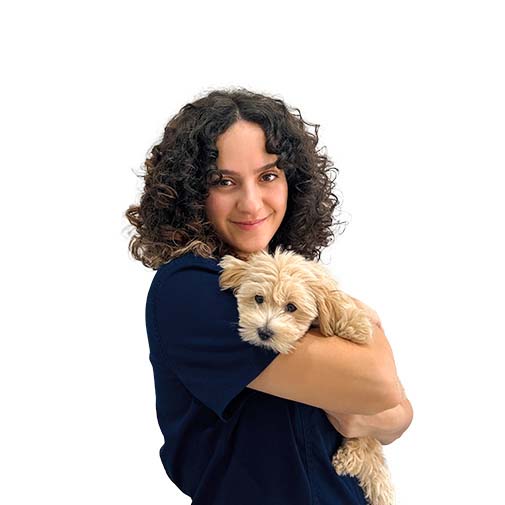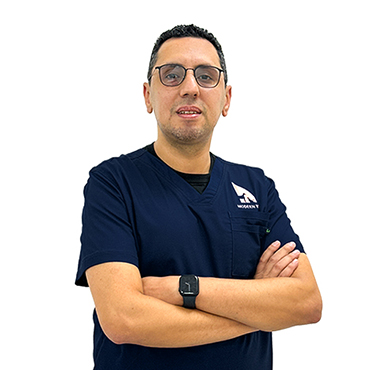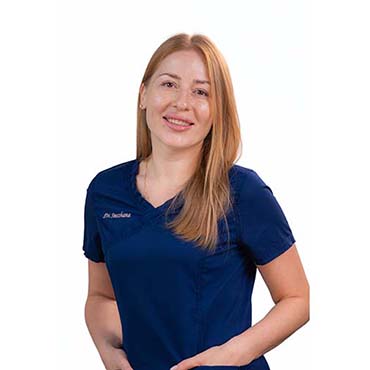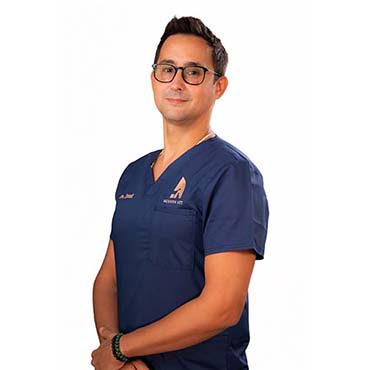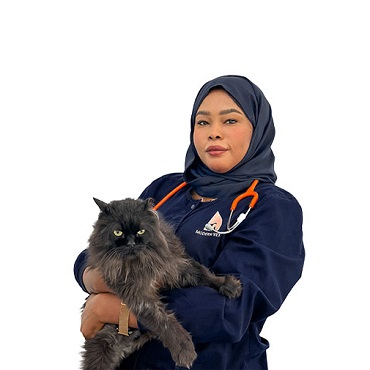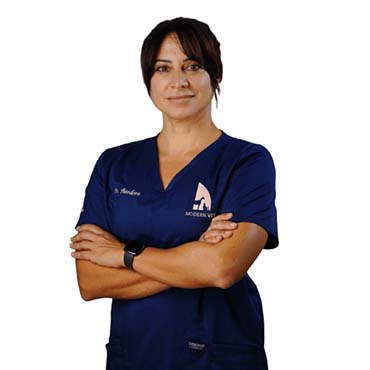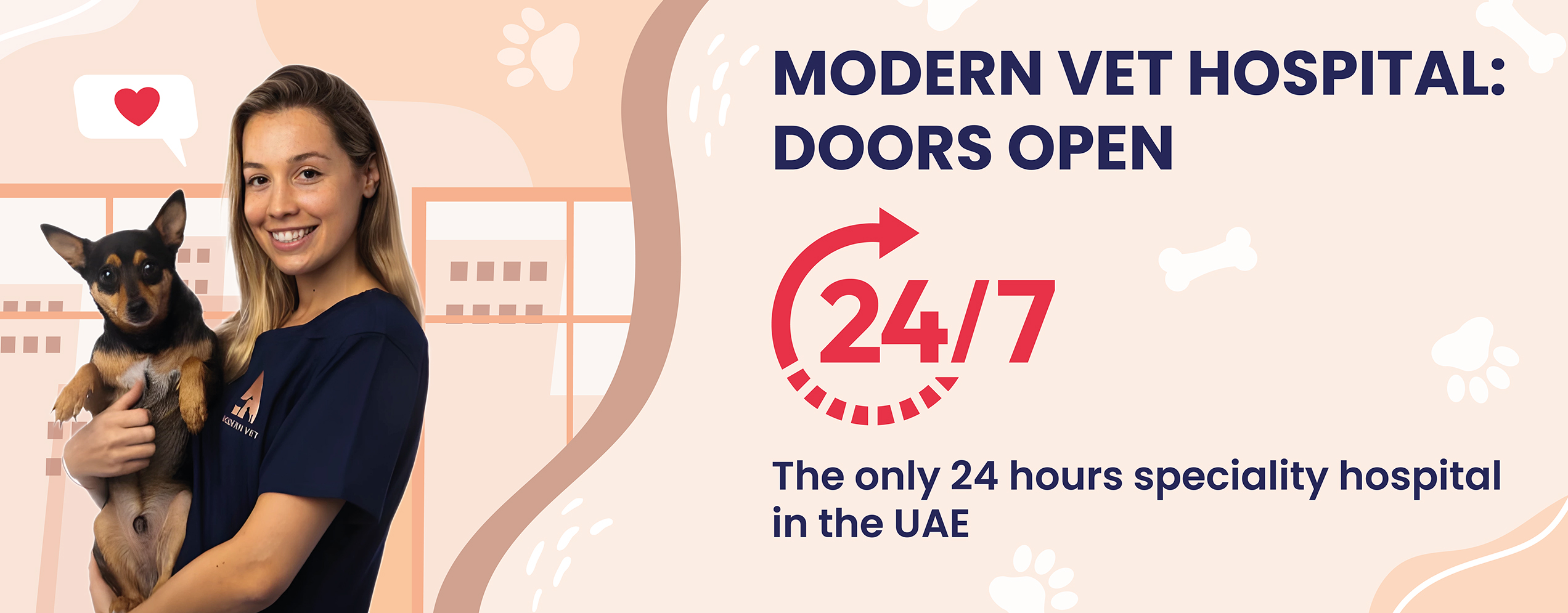Your pet’s eyes are one of their most sensitive and important organs. Like people, animals rely on vision to get around the world, communicate with you, play, and avoid danger. Unfortunately, pets can suffer from a wide range of eye issues, everything from basic infections to intricate conditions such as Glaucoma or cataracts, and these problems can drastically impact their vision or lead to cataract-induced blindness.
That is why we at Modern Vet offer comprehensive veterinary ophthalmology services to preserve and restore your pet’s vision. With state-of-the-art facilities, diagnostics, and board-certified veterinary ophthalmologists, we can offer medical and surgical eye care.
Every case is unique, but every pet deserves a life free of blurry, cloudy vision and this is our mission for all of our cases.
Key Reasons Why Your Pet Needs Ophthalmology Care:
Protect Your Pet’s Eyesight From Progressive Conditions Like Cataracts & Glaucoma
Benefit From Comprehensive Eye Exams & Tailored Treatment Plans
Prevent Painful Infections, Ulcers & Corneal Injuries Before They Worsen
Avoid Permanent Vision Loss Through Early Detection & Prompt Care
Detect Early Signs Of Vision Loss With Advanced Diagnostic Tools
Access Advanced Surgical Options Like Cataract & Corneal Repair
Manage Chronic Eye Diseases To Preserve Long-Term Vision
Support Your Pet’s Comfort, Confidence & Quality Of Life
Receive Specialized Treatment From Board-Certified Veterinary Ophthalmologists
Protect Aging Pets From Degenerative Eye Diseases
Prevent Breed-Specific Eye Problems In Pets Like Pugs, Bulldogs & Persian Cats
24/7 Access To Expert Ophthalmology Care At Modern Vet
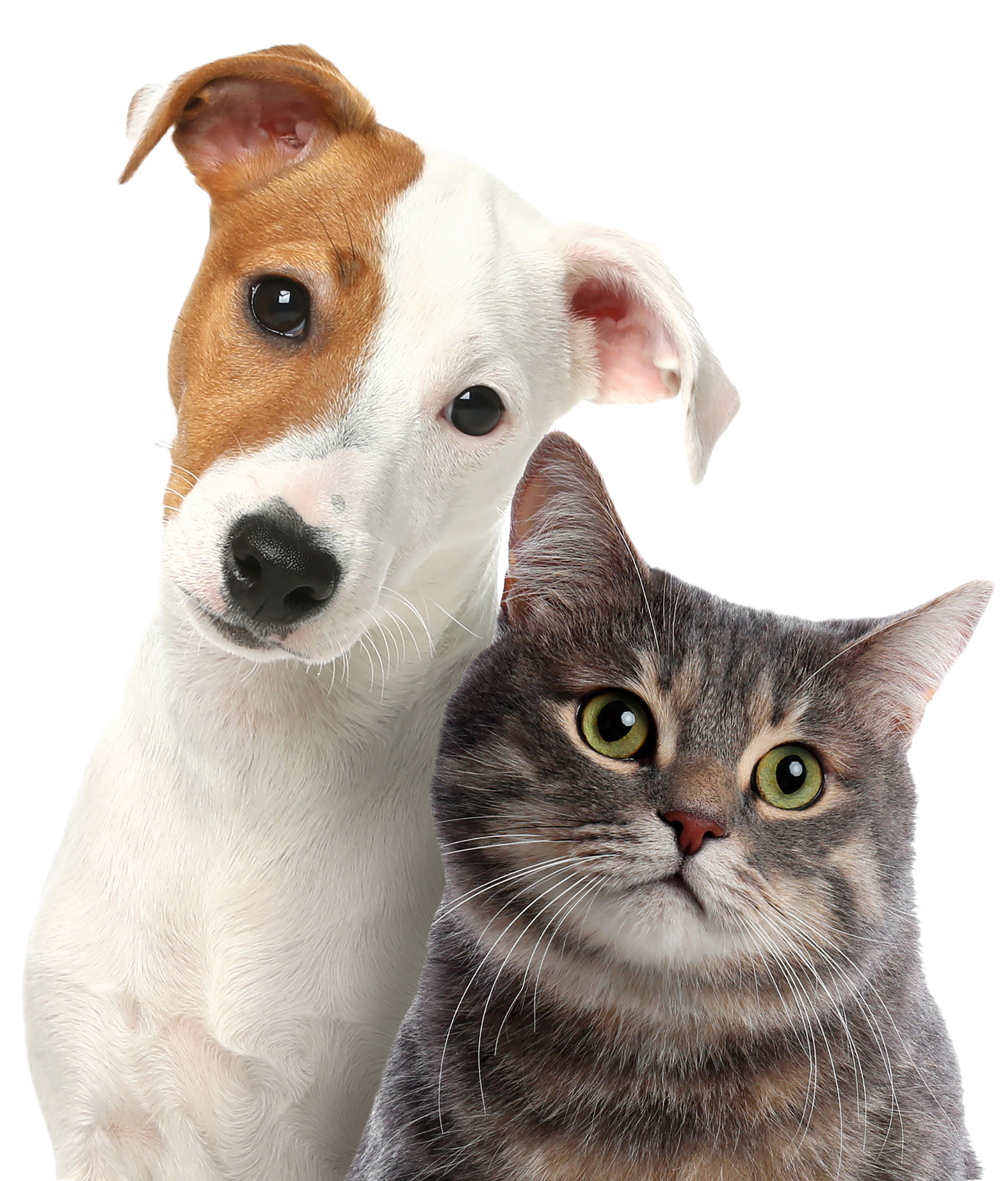
Why Veterinary Ophthalmology Matters
Veterinary ophthalmology deals with eye diseases in animals ranging from simple conjunctivitis to progressive retinal diseases, and covers the prevention, diagnosis, and management of these diseases. Prompt intervention is often the difference between saving eyesight and total vision loss.
As pets cannot let anyone know when their eyesight becomes blurry or when their eyes are sore, it is up to their owners to identify signs and seek prompt assistance from an experienced veterinary ophthalmologist.
What Does a Veterinary Ophthalmologist Do?
A veterinary ophthalmologist represents a veterinarian who has completed specialized training to diagnose and treat diseases affecting the eyes and their surrounding tissues. Our ophthalmology team at Modern Vet provides medical care for simple and complex eye conditions affecting dogs, cats and exotic pets.
Their work includes:
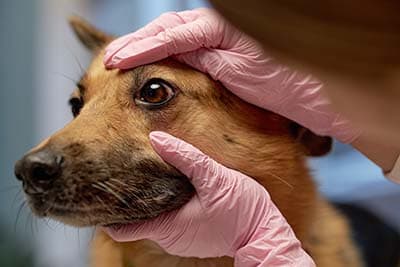
- Prevention of eye conditions with regular eye checkups.
- Medical treatment for infections, ulcers, inflammation, and allergies.
- Eye surgery, including cataract surgery, eyelid reconstruction, corneal repair and glaucoma surgery.
- Advanced diagnostics using retinal scans, ultrasound imaging, and ocular pressure testing.
- Maintaining Long-Term Vision in Chronic Eye Diseases
Our clinic’s ophthalmologists collaborate with neurology and internal medicine specialists to treat pets whose eye conditions stem from systemic diseases.
Specialized Eye Care for Cats and Dogs
Cat Ophthalmology
Cats develop specific eye conditions, including viral conjunctivitis, corneal ulcers, uveitis (eye inflammation), and even cataracts. We employ gentle handling techniques, stress-free exam rooms, and treatment plans designed to meet our feline patients’ unique physiology and temperament.
Dog Ophthalmology
Not only do dogs have eyeballs, but they can also experience eye diseases like cats, including Glaucoma, cataracts, pannus (chronic superficial keratitis), and progressive retinal atrophy. Flat-faced dog breeds (brachycephalic) like Pugs, Bulldogs, and Shih Tzus — are also at high risk for corneal injuries and dry eye syndrome. It is especially important to monitor these breeds.
Services Offered At The Ophthalmology Department Include:
Comprehensive Eye Examinations For Dogs, Cats & Exotic Pets
Screening & Early Detection Of Genetic Eye Disorders
Diagnosis & Treatment Of Eye Infections, Ulcers & Inflammation
Vision Preservation & Post-Surgery Rehabilitation Programs
Management Of Cataracts, Glaucoma & Corneal Diseases
Specialized Care For Brachycephalic Breeds (Pugs, Bulldogs, Persians)
Advanced Imaging Including Slit Lamp & Tonometry Testing
Medical & Surgical Management Of Eye Trauma
Surgical Procedures For Corneal Repair & Eyelid Abnormalities
Preventive Eye Health Consultations For Senior Pets
Treatment For Dry Eye (Keratoconjunctivitis Sicca)
24/7 Emergency Ophthalmology Support At Modern Vet
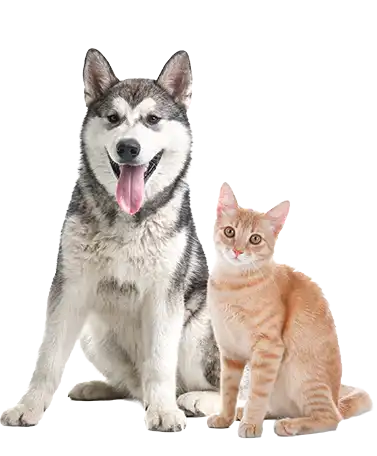
Common Symptoms of Eye Problems in Pets
Our treatment covers various distinct eye disorders, including:
- Conjunctivitis; Swelling of the conjunctiva; could result from allergic factors, viral or bacterial infection or materials. The redness, swelling and eye discharge are the symptoms.
- Keratitis; Inflammation or infection of the cornea; may be quite painful and, when left unattended, may lead to permanent scarring.
- Glaucoma; excess production of intraocular pressure which destroys the optic nerve; can cause blindness in a short-duration of time when not treated in a timely manner.
- Cataracts; Haziness of the lens which may obscure or obscure the vision; age-associated, but also develop as a consequence of an impact, diabetes, and heredity.
- Progressive Retinal Atrophy (PRA); a degenerative disease which, although not treatable, early diagnosis may help to manage the care.
- Corneal Ulcers; Opened sores on the surface of the cornea that develops as a result of trauma, infection, and dry eye syndrome and can be treated successfully by means of a surgical operation in severe cases.
- Eyelid Malformations; Features like eyelids turning backward (entropion) and outwards (ectropion) usually require an operation.
- Retinal Detachment; a pull away of the retina, regarded as internal tissue; can be caused by bodily weakening or mischief, or high blood pressure.
- Cherry Eye; It bursts the gland that is located in inside the eyelid, more often in young dogs, it is usually eliminated operatively
Causes of Eye Disease
Eye diseases in animals develop from various causes, which include:
- The disease spreads quickly when treatment is absent because bacteria, viruses or fungi can cause it.
- The eye suffers physical damage from animal scratches and foreign objects, as well as blunt traumatic injuries.
- Autoimmune Disorders; In this case, the immune system can attack its eye tissue, causing chronic inflammation.
- The Persian cat and other specific breeds naturally tend to develop tear duct issues.
- Age-Related Degeneration: Older pets are susceptible to age-related degeneration, such as cataracts, retinal degeneration, and dry eye.
- Nutritional deficiencies can affect the eyes when the body lacks sufficient vitamins A and other essential vitamins.
- The eyes become infected when tear marks remain uncleaned and irritants persist as constant irritants.
- Inherited Diseases: Diseases passed on from parents to offspring, usually in purebred animals.
- Environmental Hazards: Dust, sand, harsh wind, smoke, and exposure to chemical irritants can cause inflammation or damage.
Advanced Diagnostic Technology at Modern Vet
The veterinary ophthalmology equipment at our clinic provides modern diagnostic tools that help us deliver precise diagnoses and individualized treatment plans.
- Tonometry measures intraocular pressure to detect Glaucoma at its early stages before any noticeable symptoms appear.
- The slit-lamp biomicroscopy tool enables doctors to examine the eye’s interior while providing detailed, enlarged views of the cornea, lens, and anterior eye chamber to detect early abnormalities.
- Ophthalmoscopy enables thorough examination of the retina and optic nerve to identify degeneration, inflammatory issues, and Detachment.
- Electroretinography (ERG): It records the electrical activities of retinal cells and is crucial in diagnosing PRA and other retinal disorders.
- The cornea receives detailed imaging through Confocal Microscopy, which detects infections and dystrophies at a cellular level.
- The real-time imaging of the eye interior becomes possible through Ocular Ultrasound when cataracts prevent direct vision.
- CT & MRI Scans: CT and MRI scans are employed where a thorough examination of the eye and its surrounding is essential in determining the cause of eye problems due to a tumour, orbital disease, or a neurologically derived cause.
Treatment Options
The treatment plan depends on the underlying reason, the extent of the condition, and your pet’s overall health status.
Medical Management
Antibiotic or antifungal eye drops, anti-inflammatory medicine, saline eye drops, and pain relievers that suit the diagnosis.
Surgical Solutions:
- Surgery to drain the eye pressure due to Glaucoma.
- Corneal grafts or repair
- Surgery under the eyes is performed to correct the entropion or ectropion of the eyelids.
- Excision of growths or tumours of the eye.
Post-Treatment Care & Monitoring
The eye conditions tend to require a keen follow-up. We have precise home care directions and arrange frequent re-checks to monitor your pet’s recovery.
Preventing Eye Problems in Pets
The owners can reduce the risk of these conditions by following these preventive measures:
- Regular veterinarian checkups, in particular to high-risk breeds.
- Cleaning up your pet, keep the face clean, and gently wipe the discharge.
- Avoiding contact with harsh chemicals, smoke or extreme dust.
- A healthy, balanced diet contains vitamins and minerals that contribute to eye health.
- Wearing protective equipment (such as dog goggles) can improve the visibility of pets under intense sun or windy weather conditions during outdoor activities.
Conclusion:
Your pet’s eyes are irreplaceable. Vision difficulties can significantly impact on their confidence, safety and overall well-being. At Modern Vet’s Ophthalmology Service, in Dubai, our specialist training, advanced diagnostic tests and caring treatment can take care of everything from mild infections to the most severe surgical cases.
If your pet’s eyes are red, swollen, cloudy or just “not right,” do not delay. The eyes can change in hours or days. The protection of sight is based on early intervention.
Contact us now at 800-82 and make an appointment for an ophthalmology consultation, or visit our facility in Umm Suqeim, Al Wasl Road, Villa #793, Dubai, UAE.
Here at Modern Vet, we don’t just cure eye problems; we help your pet see a more beautiful, brighter world.
FREQUENTLY ASKED QUESTIONS
Learn more about "OPHTHALMOLOGY"
